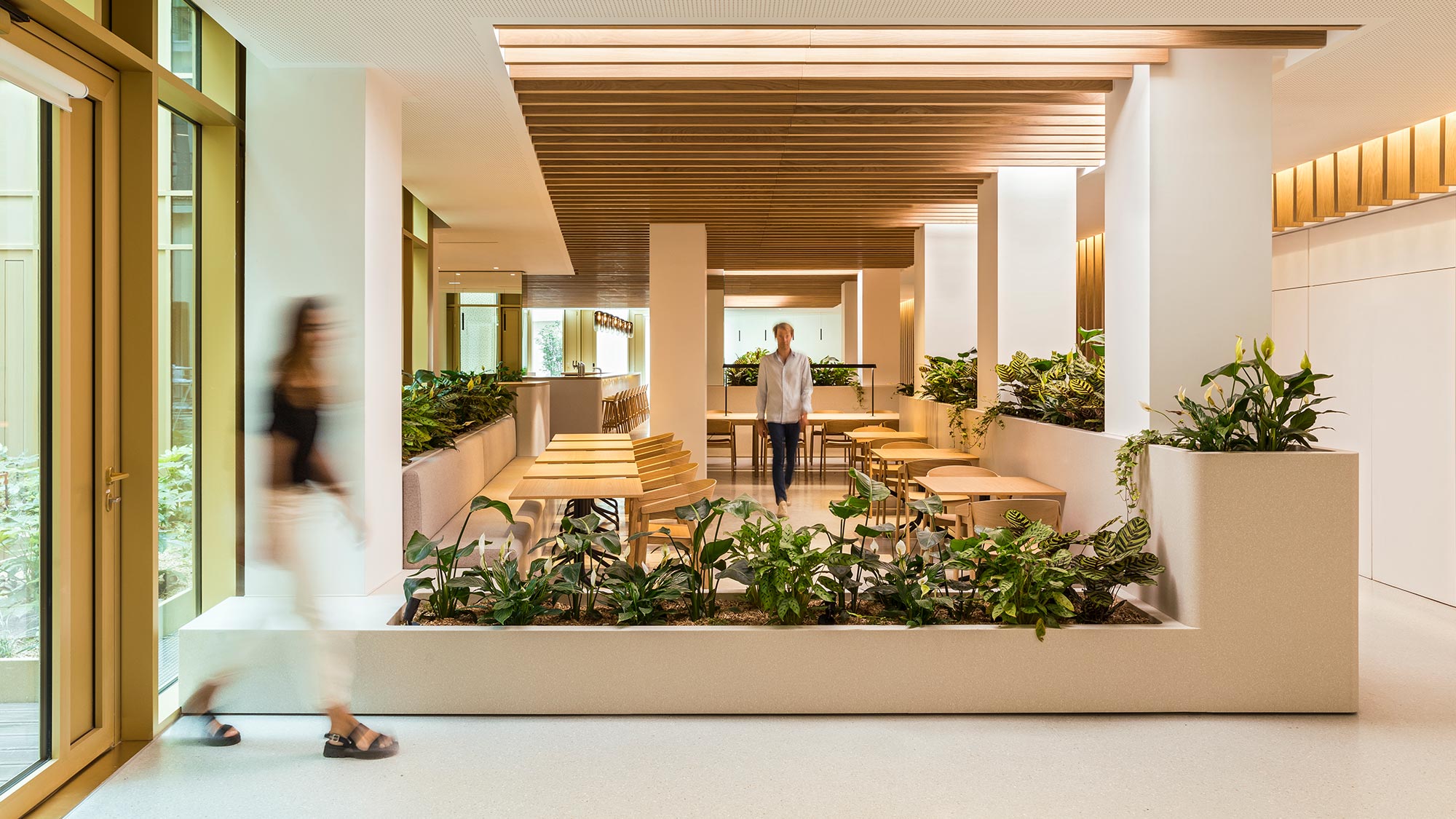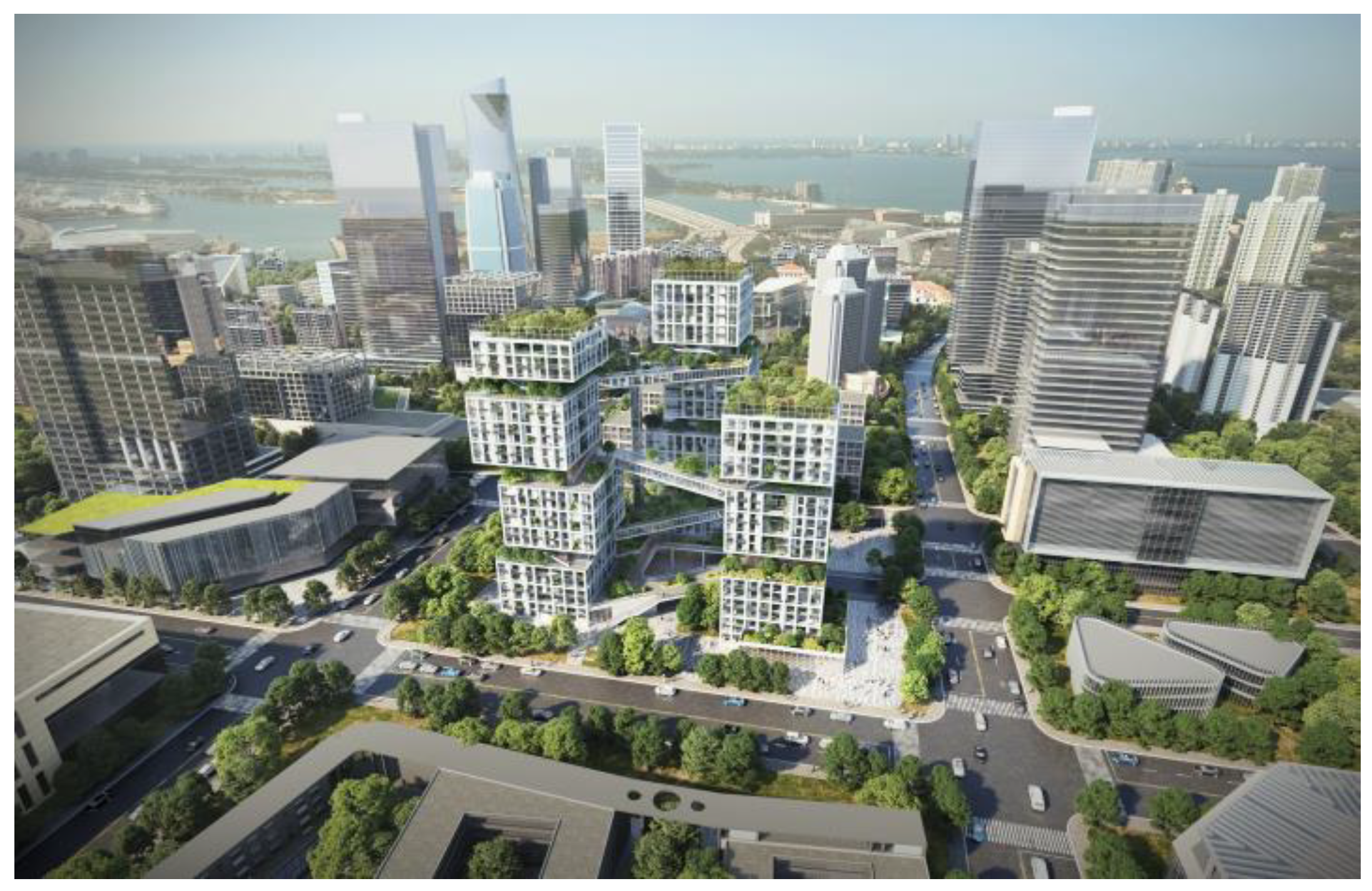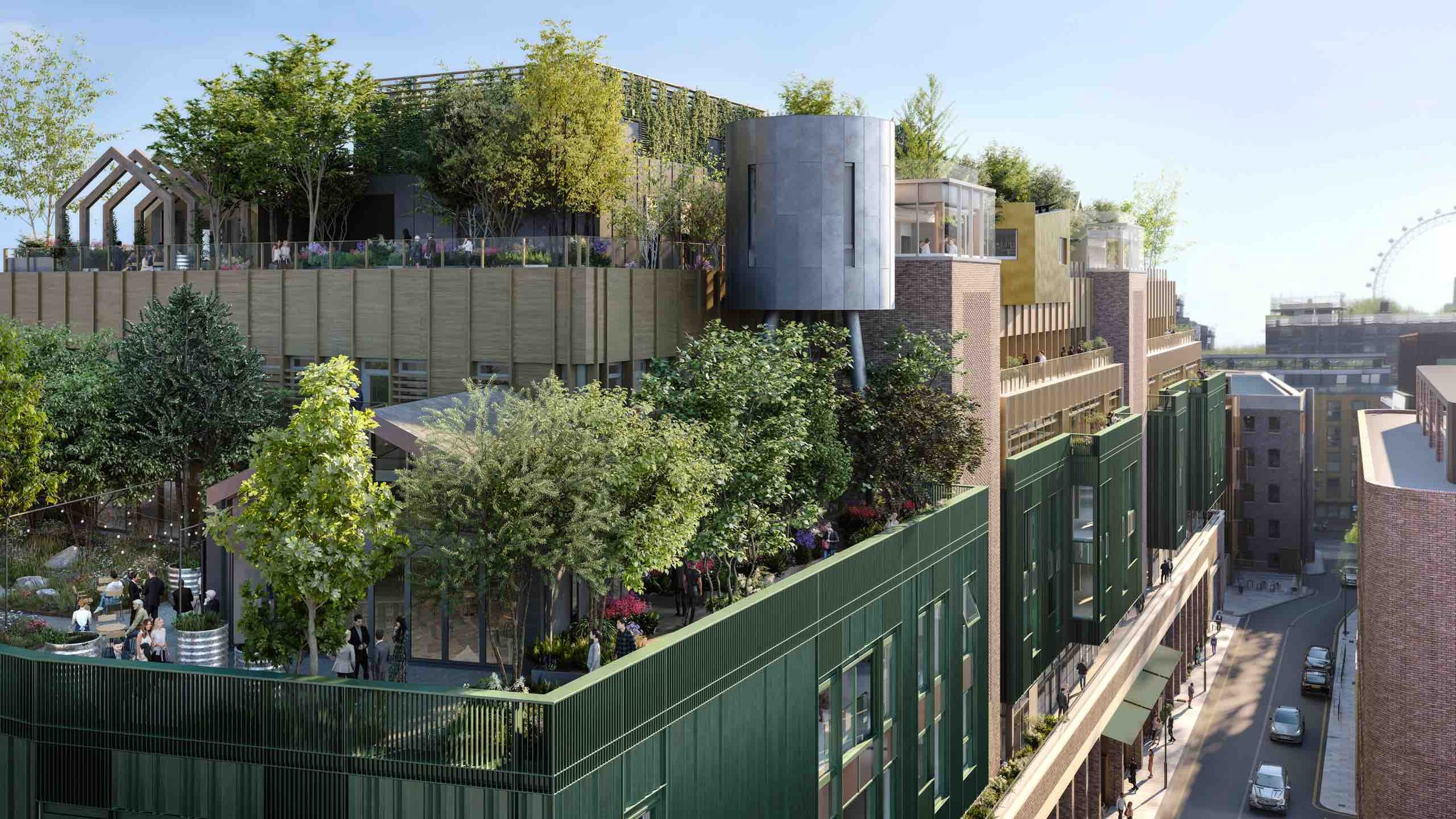City living has its perks—convenience, culture, endless takeout options. But let’s be honest: concrete jungles can leave us craving greenery. That’s where biophilic design comes in. It’s not just about adding a potted plant or two (though that helps). It’s about weaving nature into your apartment so deeply that you feel its calming effects daily—even if you’re 20 floors up.
Why Biophilic Design? (And Why Now?)
Urban dwellers spend 90% of their time indoors, according to the EPA. Combine that with shrinking apartment sizes, and you’ve got a recipe for stress. Biophilic design counters this by tapping into our hardwired love for nature. Think of it as vitamin D for your living space—minus the sunburn.
Simple Ways to Embrace Biophilic Design
1. Go Beyond Houseplants
Sure, a snake plant on your windowsill is a start. But why stop there? Try:
- Vertical gardens: Perfect for tight spaces—herbs, ferns, or even strawberries.
- Moss walls: Low-maintenance and oddly soothing to touch.
- Air-purifying plants: Peace lilies, spider plants… they’re like silent roommates that clean your air.
2. Let There Be (Natural) Light
If your apartment feels like a cave, mimic daylight with:
- Full-spectrum bulbs
- Sheer curtains that diffuse light softly
- Mirrors placed opposite windows to bounce light around
3. Texture Is Your Friend
Nature isn’t sleek. It’s rough bark, smooth stones, crinkly leaves. Add tactile elements:
| Material | Where to Use It |
| Reclaimed wood | Floating shelves, headboard |
| Jute or sisal | Rugs, plant hangers |
| Stone accents | Coasters, bookends |
The Hidden Perks You Might Not Expect
Biophilic design isn’t just pretty—it’s practical. Studies show it can:
- Boost productivity by 15% (handy for WFH setups)
- Reduce stress hormones—no meditation app required
- Improve sleep quality (goodbye, midnight scrolling)
Small Space? No Problem
Even a studio can channel biophilic vibes. Try a “nature nook”: a corner with a comfy chair, a small fountain, and a hanging plant. It’s like a mini-escape hatch from urban chaos.
Or—here’s a hack—use nature-inspired wallpapers. A forest mural behind your bed? Instant serenity (and way cheaper than a skylight).
The Takeaway? Start Small
You don’t need a rooftop garden to feel connected to nature. Sometimes, it’s the whisper of bamboo blinds in the breeze or the way morning light hits your monstera leaves. The goal isn’t perfection—it’s creating a space that breathes.




